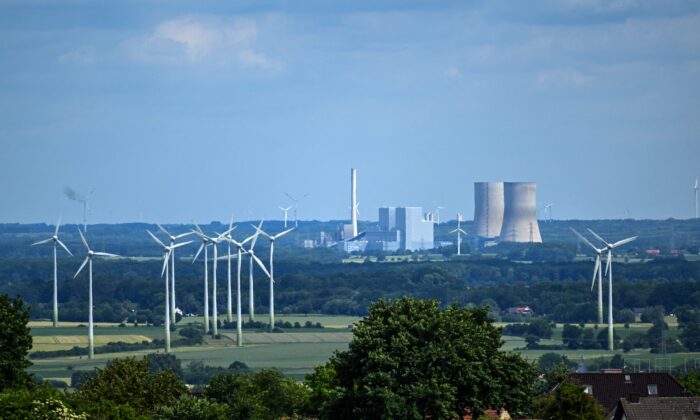Story by Nick Pope
Austin, Texas, is struggling to close a coal-fired power plant that its city council ordered to shut down years ago, The Texas Tribune reported Monday.
In 2020, the city green-lit a plan to close the Fayette coal plant, located in La Grange, Texas, by 2022, but economic, legal and technical hurdles have enabled it to stay open despite the green energy goals of the city’s elected politicians, who are overwhelmingly Democrats despite Texas’ reputation as a Republican-dominated state, according to The Texas Tribune. Increasing power demand in Texas and changes to the state’s market are helping to make coal-generated power and electricity even more financially appealing.
Austin Energy, the company that co-owns the Fayette plant, made about $11 million on the plant on Aug. 17 alone as demand spiked amid an unrelenting heatwave, according to The Texas Tribune. A large reason for this profitability is that the Electric Reliability Council of Texas (ERCOT), the state’s grid operator, recently altered its market model to provide incentives to companies like Austin Energy to develop ancillary services, which are sources of energy that set aside some of their capacity to be ready to quickly add supply into the grid when needed.
“ERCOT does pay market participants who provide ancillary services, which are reserves to support grid reliability,” an ERCOT spokesperson told the Daily Caller News Foundation. “ERCOT is required to procure ancillary services each day on behalf of Texas consumers, and does so through a competitive bidding process,” the spokesperson continued, adding that “any qualified generator or load may bid in, and the services are awarded at least cost to consumers” and that “ERCOT does not award ancillary services based on generator or load type.”
Coal power is well-suited for this system, as it can be put online relatively quickly and dependably to provide energy to the grid in situations that see demand threaten available supply, according to The Texas Tribune. This summer, as a heatwave baked the state, ancillary services were put to use on particularly hot days as the sun was going down and solar power’s energy production dropped, Michael Enger, the director of Energy and Market Operations for Austin Energy, told The Texas Tribune.
High power prices affect Austin Energy on both ends of its business, as it also is responsible for buying power to produce for the city, even while the Fayette plant may be raking in millions of dollars, according to The Texas Tribune. The company’s revenues from selling power to the city’s grid allows it to cover costs, fund municipal services and keep rates lower for customers in the area.
“Not having [the coal plant’s] revenues to offset costs would mean those millions of dollars would be passed through to Austin Energy customers,” an Austin Energy spokesperson told The Texas Tribune.
The time has come for a “course correction” to reconsider the city’s timeline for phasing out coal power, Austin Energy General Manager Bob Kahn said in August, according to The Texas Tribune. Austin still has a goal to reach zero-emissions electricity generation by no later than 2035, a goal complicated by Austin Energy’s apparent desire to keep the coal plant in service.
Read More From PatriotAmerican
Austin Energy’s choice to keep using coal power is “all related to money,” Ed Hirs, an energy economist and University of Houston lecturer, told The Texas Tribune. “If Austin sold out of that coal plant, it might not be able to replace that energy with anything less expensive.”
Austin Energy did not respond immediately to a request for comment.


I say give Austin what they want, shut it down. When the citizens of Austin start losing power, let them know why. It’s time Austin turned RED!